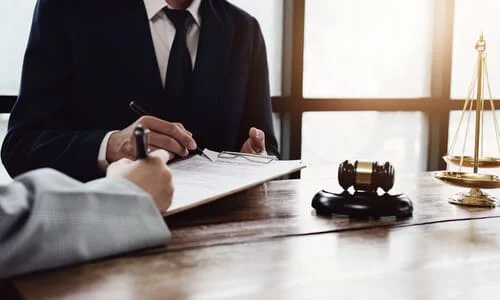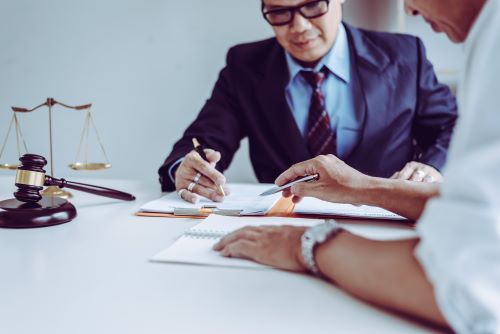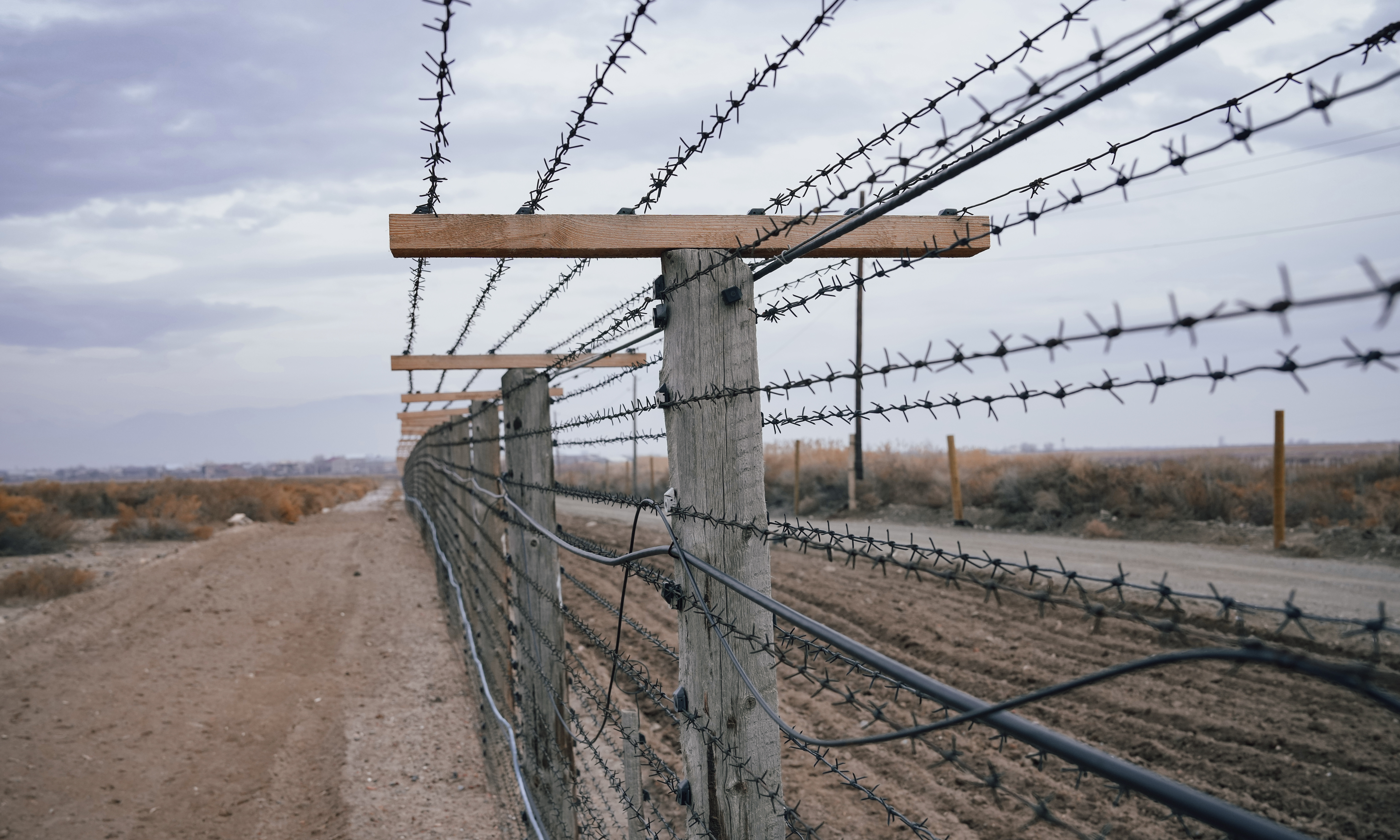
Personal injury cases can be overwhelming and confusing, especially if you have never worked with a personal injury lawyer before. Whether you’ve been injured in a car accident, slip and fall incident, or any other type of accident caused by someone else’s negligence, it’s important to understand what a basic timeline will look like.
The timeline of a personal injury case can vary depending on several factors, including the specific circumstances of the case, the complexity of the injuries, and the legal process in the jurisdiction where the case is being pursued. While each case is unique, there are general steps that occur in pretty much every personal injury case.
So if you’re considering working with a personal injury lawyer for the first time, make sure to reach out to our team today. At Singh Ahluwalia Attorneys at Law, we’re here to help, and we can discuss all of these steps with you in detail so you know exactly what to expect. All you have to do is call (559) 878-4958 or contact us online to schedule your appointment today.
What Are the Steps In a Personal Injury Lawsuit?
In a personal injury lawsuit, there are several essential steps that are involved in every case. These steps ensure your case is properly evaluated, evidence is gathered, your injuries are documented, and negotiations or litigation is pursued if necessary.
In most personal injury lawsuits, you can expect to follow these steps of service:
- Initial consultation
- Investigation
- Complete Medical Diagnosis
- Demand package
- Negotiations
- Settlement
- Litigation
Throughout the rest of this article, we will delve into each of these steps in greater detail, so you can learn what to expect at each stage of the personal injury lawsuit process.
Step 1: The Initial Consultation
The initial consultation serves as an opportunity for you to discuss the details of your case with a Fresno personal injury lawyer and seek their professional guidance.
To prepare for the consultation, start by gathering all relevant documents and evidence related to your case, such as accident reports, medical records, photographs, witness statements, and any correspondence with insurance companies. Then, make a list of questions or concerns you would like to discuss with your attorney.
During the initial consultation, the personal injury lawyer will listen attentively and evaluate the viability of your case by assessing factors such as liability, causation, and damages. Based on this assessment, the lawyer will provide you with an honest evaluation of the strengths and weaknesses of your case and offer guidance on the best course of action.
Step 2: The Investigation
The purpose of the investigation is to establish liability, prove causation, and demonstrate the extent of damages suffered.
During the investigation, your personal injury lawyer will gather evidence to support your claim, interview key witnesses and consult with experts to confirm any central costs and damages. They will also work with you to document the scene of the accident to help support your version of the events.
Step 3: Seeking a Complete Medical Diagnosis
Seeking prompt medical treatment is crucial for both your well-being and your personal injury case because it will establish a clear link between the accident and your injuries, which will provide vital evidence to support your claim.
Many times, people exploring a personal injury claim will go to receive emergency care and attend a few appointments but fail to explore the full extent of their medical condition. A comprehensive evaluation and diagnosis is essential for building a strong case, and so while your attorney investigates your accident’s circumstances they will encourage you to investigate your own condition with as much documentation as possible.
Depending on the nature of your injuries, you may seek treatment from physicians, surgeons, chiropractors, physical therapists, psychologists, or other specialists. These medical professionals will evaluate your condition, provide necessary treatments, and document the extent of your injuries.
Throughout the course of your treatment, you may incur various medical expenses, such as hospital bills, rehabilitation costs, prescription medications, or assistive devices. Keep a detailed record of all expenses, including receipts and invoices, and communicate with your personal injury lawyer about any financial burdens you are facing. These expenses can be included in your claim to ensure you secure appropriate compensation.
Step 4: Demand Package
The demand package serves as a formal request for compensation from the opposing party or their insurance company. Its purpose is to present a comprehensive account of your damages and the general outline of the proof of liability of the recipient. The demand package outlines the basis for your claim and sets the stage for negotiation or potential litigation.
The demand letter is a written document that accompanies the demand package. It outlines the specifics of your claim, including a detailed description of the accident, the extent of your injuries, the financial losses you have incurred, and the amount of compensation you are seeking.
Once the demand package is prepared, your personal injury lawyer will present it to the opposing party (or their insurance company). Delivering the demand package will trigger the negotiation phase, where both parties will assess the claim, evaluate liability, and consider the potential settlement options.
Step 5: Negotiations
Negotiations play a significant role in personal injury cases, as they provide an opportunity to reach a fair settlement without going to court.
During negotiations, your personal injury lawyer will engage in discussions with the opposing party or their insurance company. Throughout this process, settlement offers may be presented by the opposing party or their insurance company.
Your personal injury lawyer will evaluate these offers in light of your injuries, damages, and the strength of your case. They will assess the proposed amount of compensation and consider factors such as medical expenses, lost wages, future damages, and pain and suffering.
If the initial settlement offer is not satisfactory, your personal injury lawyer may counteroffer with a different amount or negotiate for better terms.
In some cases, when negotiations reach an impasse, alternative dispute resolution methods, such as mediation, may be pursued. Mediation involves a neutral third party who helps facilitate discussions between both parties to reach a mutually agreeable resolution. Your personal injury lawyer will guide you through the mediation process and advocate for your rights and interests during these proceedings.
Step 6: Settlement
Settlement agreements are legally binding contracts that outline the terms and conditions of the agreed-upon settlement. These agreements typically detail the amount of compensation, the release of liability, and any other terms specific to your case.
Before accepting a settlement offer, it’s crucial to carefully review the terms and conditions of the agreement. Your personal injury lawyer will explain any included provisions, to ensure you understand your rights and obligations under the settlement.
Once you have reviewed and accepted the settlement agreement, the process of finalizing the settlement begins. This typically involves signing the agreement and submitting it to the opposing party or their insurance company.
After the settlement agreement is finalized, the disbursement of settlement funds will occur. The timing and method of disbursement will depend on the specific terms outlined in the settlement agreement.
Step 7: Litigation
Litigation only becomes necessary when attempts at negotiation and settlement fail to yield a fair resolution. If the opposing party disputes liability, denies your claim, or the settlement offers are inadequate, your personal injury lawyer may recommend filing a lawsuit.
Filing a lawsuit involves preparing and submitting a complaint or petition to the appropriate court. The complaint outlines the legal basis for your claim, identifies the parties involved, and states the damages you seek.
The Pretrial Phase
During the pretrial phase, both parties will prepare for trial. This phase includes exchanging information, known as discovery, where each side requests and provides relevant documents, interrogatories, and depositions. Your personal injury lawyer will strategize, review evidence, interview witnesses, and work to strengthen your case. Pre-trial motions may also be filed, which have the opportunity to have a huge effect on the case, including summary judgment on behalf of you as the victim, or summary dismissal causing your case to be ejected from the court. Anticipating these motions is a critical reason for having experienced legal representation.
The Discovery Process
The discovery process allows both sides to gather evidence and information to support their claims and defenses. This may involve written requests for documents, interrogatories (written or recorded questions), depositions (sworn testimony), and other methods of information gathering. The discovery process helps uncover crucial evidence, evaluate the strengths and weaknesses of the case, and facilitates settlement discussions.
Settlement Conferences and Court-Ordered Mediation
As the trial date approaches, the court may order settlement conferences or mediation sessions to encourage both parties to reach a resolution. Settlement conferences involve discussions between the parties, their lawyers, and a neutral third-party mediator. Mediation provides an opportunity for open dialogue and negotiation in a less formal setting. Your personal injury lawyer will represent your interests during these proceedings and work to achieve a favorable out-of-court settlement if possible.
Trial and Verdict
If a settlement cannot be reached, your case likely proceeds to trial. During the trial, your personal injury lawyer will present evidence, call witnesses, and make arguments on your behalf. After considering all evidence and arguments, the judge or jury will render a verdict determining whether the defendant is liable for your injuries and the amount of damages you are entitled to.
Appeals Process
Finally, following the trial either party may choose to appeal the decision if they believe legal errors (or other grounds for appeal) exist. The appeals process involves presenting arguments to a higher court, which reviews the trial court’s decision.
Appeals can be complex and require a thorough understanding of appellate law. At this, or any point in your personal injury case, you’ll be especially grateful to have the help of your personal injury lawyer. They’ll be there to help explain how to use every step to your advantage, and what to expect as the case develops.
Talk to a Personal Injury Lawyer to Plan for the Road Ahead
Having an attorney is beneficial for handling not just the day-to-day but also the months (sometimes years) long process of reaching a case resolution.
Our personal injury lawyers in California are ready to assist you on your case and form a strategy with the highest chance of resulting in you receiving compensation. Reach out to our team at Singh Ahluwalia Attorneys at Law today to schedule your first initial consultation. All you have to do is call (559) 878-4958 or contact us online to schedule your appointment.


